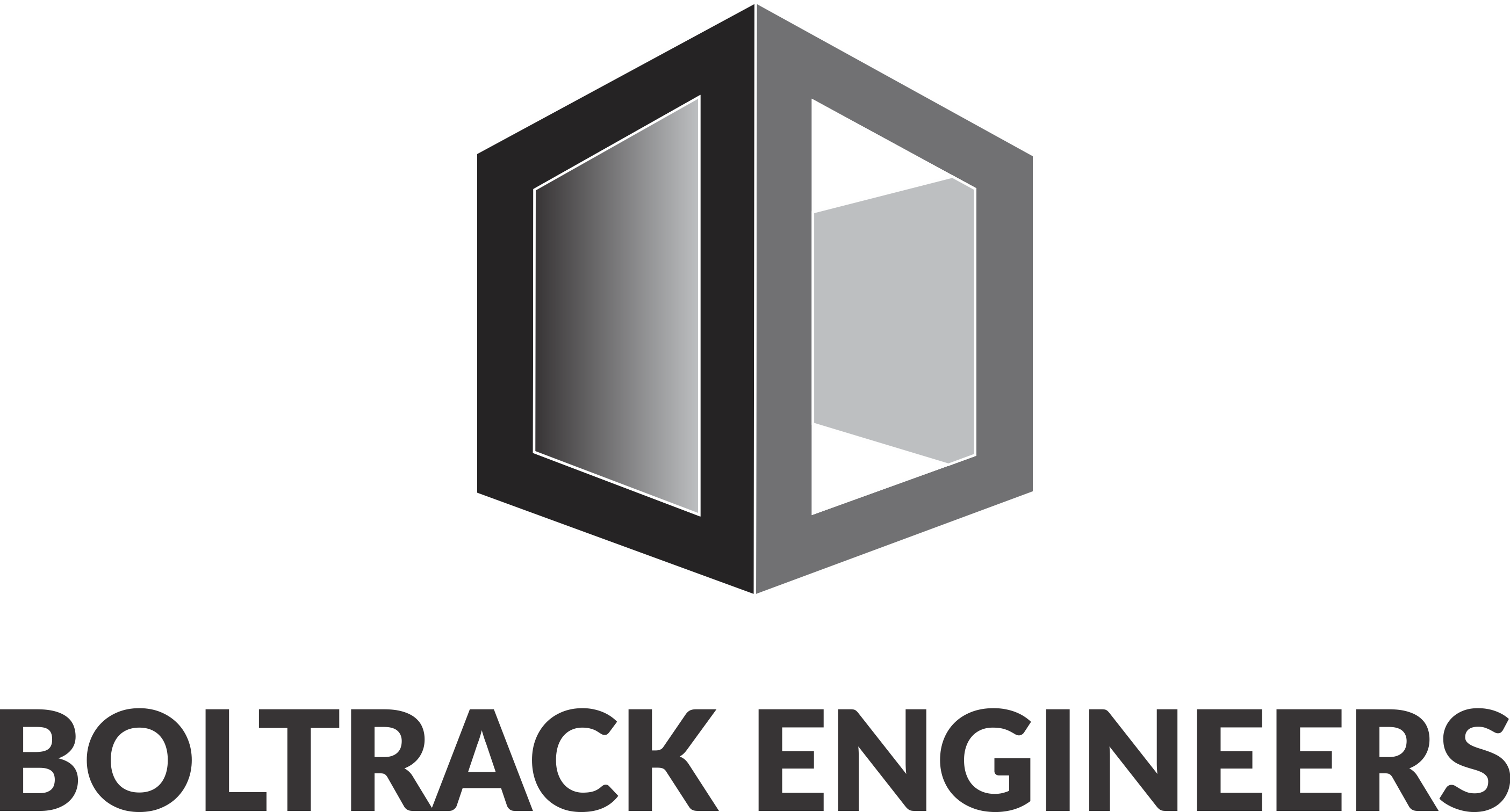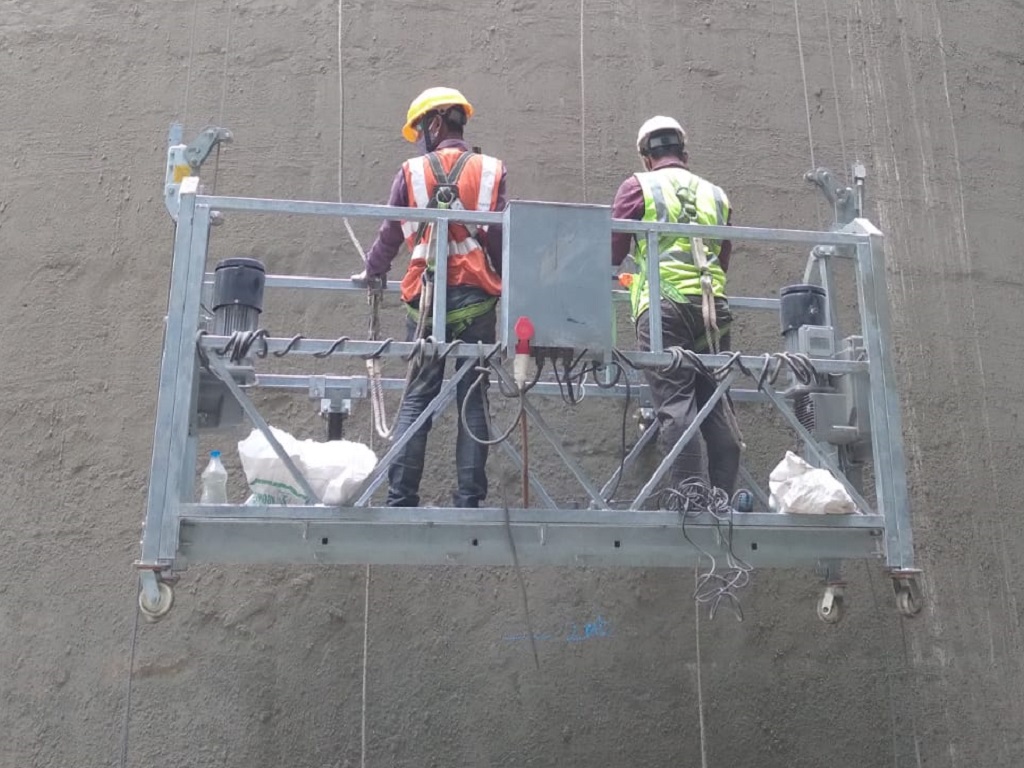Chimney Suspended Platform
Boltrack Engineers is a leading name and one of the pioneering companies in manufacturing and supplying only premium-grade Chimney Suspended Platforms. These platforms are precisely fabricated to ensure access to high-rise structures like chimneys, silos, cooling towers, and so on safely and efficiently.
We offer various Chimney Suspended Platforms; one can customise them according to requirements. Fabricated from high-quality raw materials, our platforms have advanced safety features that allow them to work at height.
At Boltrack Engineers, every suspended platform we produce is guaranteed to be of quality and reliability. With superior materials and advanced manufacturing techniques, we ensure our platforms achieve the highest standard of excellence. Our team of professionals brings years of experience to the industry in designing and manufacturing suspended platforms, always offering optimum solutions for the needs of every client in search of access.
If you are looking for reliable and efficient Chimney Suspended Platforms, Boltrack Engineers will be the perfect partner. Feel free to contact us to learn more about our offerings and services.















